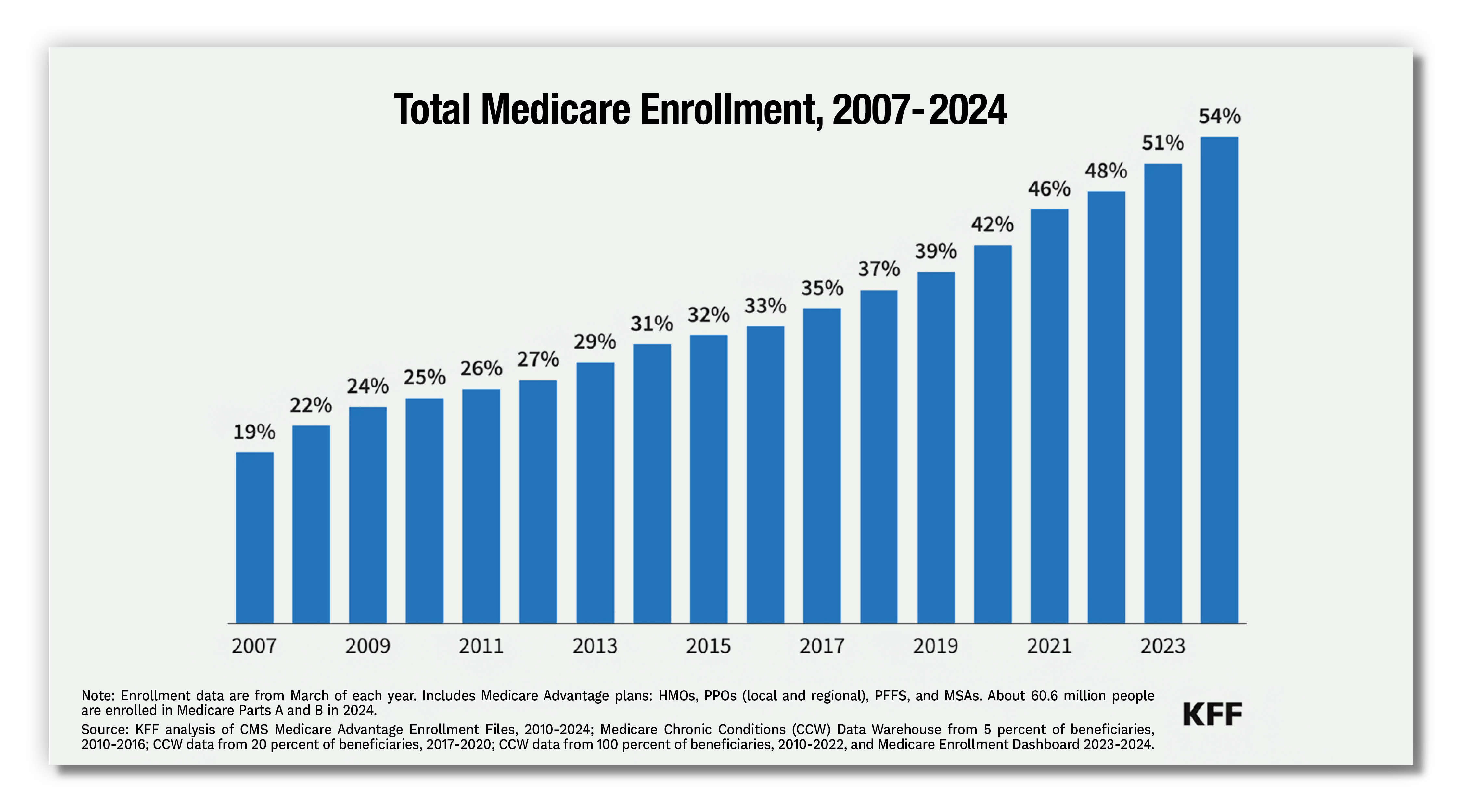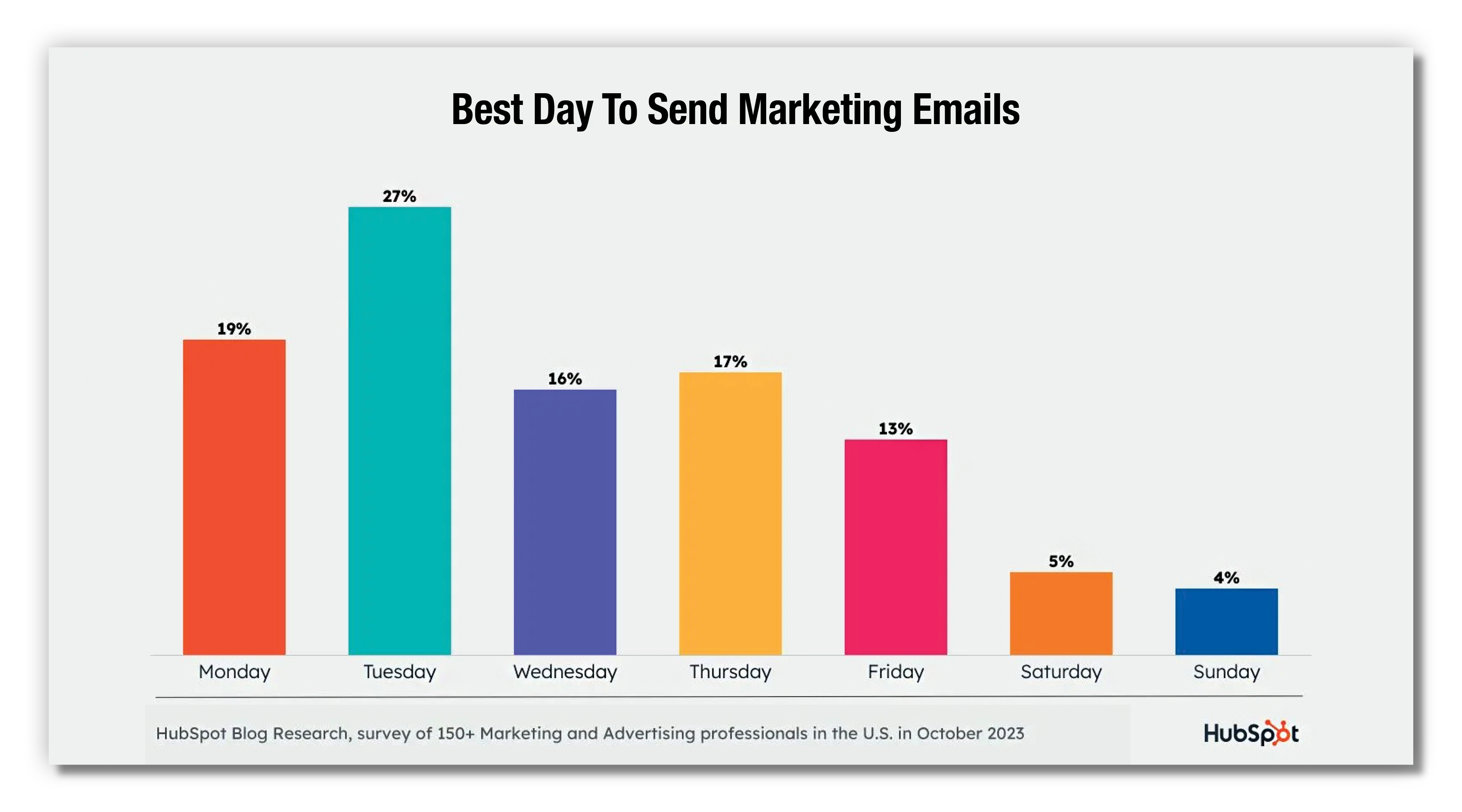7 KEYS TO A POTENT EMAIL LEAD CONVERSION PROGRAM
Bill Spink Boomer Marketing, Creative That Sells, Digital Direct Marketing, Email Marketing, Health Care Marketing, Marketing Analytics, Medicare Marketing, Response Marketing, Trends and POVOne of the toughest marketing jobs is closing the sale. The task is even tougher for Medicare marketers. It’s one thing to get people’s attention and have them raise their hand for “free, no-obligation information.” But too often, prospects then plummet over the lead conversion waterfall, never to be seen again.
Across all marketing activity, nearly 80% of new leads never translate into sales. Medicare marketers face an added challenge in that a full 99% of prospects over age 65 are already insured — most of them in some form of a Medicare health plan. So even when you entice prospects to look at your plan, you’re usually nudging them back into a shopping and enrollment process that feels more like a hassle than a problem-solver.
So, what does it take to coax them to sign up? How do you captivate the 20% of leads that may convert into sales? And, once you enroll a member, how do you reduce disenrollment, increase retention over the years, and even boost CAHPS (Consumer Assessment of Healthcare Providers & Systems) scores?
Read on for some proven best practices to help you build a powerful program to nurture leads — and members — with a carefully planned email campaign.

51% of eligible individuals are enrolled in a Medicare Advantage plan—there’s a lot of potential leads and existing plan members to nurture! (Source: Medicare Advantage in 2023: Enrollment Update and Key Trends)
Why an email nurture campaign?
The process of nurturing a lead is like getting to know a new friend. Once you’ve caught someone’s attention, you want to cultivate that relationship one step at a time. A well-crafted email campaign offers many advantages.
First, it has proven to be highly effective. Also, it’s one of the most economical channels at your command. To close the sale, it’s a more cost-efficient strategy, with a better ROI than either a series of direct mailings or telemarketing calls.
Finally, email can also be very helpful over a longer haul to build new member retention and loyalty. The critical step of making the sale isn’t the end of the nurturing process! You want to tend to that new relationship: Encourage new members to stay on the books for years to come. Educating members on their new plan, helping them engage with their benefits, and ensuring member satisfaction are critical to retention (and referrals!) — and all these tasks are also ideal for the email medium.
7 keys to effectively nurture Medicare prospects, and members, with email
1. Add meaningful personalization in your communications
Each new Medicare lead is a human: a living, breathing individual. While it may be easier to develop email streams with broad, generic appeal, you will see better results when you treat each lead in the manner they’ll best respond to — approaching them as individuals.
Not too long ago, “personalization” meant simply adding a name in the salutation. Today, you have the means to use more relevant data and create “mini campaigns” around each person.
-
Segment your email list based on location, gender, demographics, interest, etc.
More effort — yes, but marketers have found that sending content and messaging using segmented, personalized email campaigns can generate as much as a 760% increase in revenue.
-
Build messaging tailored to their behavior and actions.
Follow the lead(er): Craft your messaging to each prospect’s enrollment journey. For example, did one prospect begin the online enrollment process, but abandon it before finishing? Consider sending a triggered follow-up email from your customer service team. Or more assertively, reach out to prospects with a “call us” CTA, to help complete their enrollment.
Did another lead start their journey with a phone call? Craft a follow-up email with, “Thanks for calling us!” or “Thanks for speaking with [name of customer service member]!” Additionally, feature relevant information to support them in their customer journey.
Utilize this first-party data to continue the “virtual dialog” based on their actions, connecting to their specific journey. More than just reminding them of their last action, offer links to other relevant content that may meet their needs while prompting them to the next step you’d like them to take.
-
Automate that next step(s) — make it easy!
As one example, if your lead downloads a brochure on your website, make sure they automatically receive an email inviting them to attend a seminar/webinar on that topic. If you don’t get a response from them, an email reminder may reactivate their interest.
-
Engage your lead by asking for feedback on their experience.
This gives recipients a voice and allows you to make continuous improvements. Providing the ability to respond quickly in an email message provides an impulsive reflex response. This technique can be even more effective in a new member’s early months, shortly after they enroll, helping build the “stickiness” that leads to higher retention.
2. Re-evaluate your timing for better results
Email marketing gives you the power to get appropriate messages to the right person at the right time. A lead-nurturing email campaign enables you to do the same thing — to an even greater extent.
The chart below suggests that, across all types of email marketing, Tuesday is the best day to send an email that leads to engagement, while emails sent on weekends tend to get the least engagement. But, maybe there’s more to it than that — read more in this blog entry for tips on successful email marketing campaigns.

The typical “best practice” email engagement by day (Source: HubSpot) may be different for Medicare marketers.
This is one example of where testing can be a real boon to Medicare marketers. If your prospect/lead is retired — as the vast majority of Medicare prospects and members tend to be — is a Tuesday really much different from a Saturday? Test it — you may benefit from greater visibility in an emptier weekend inbox.
Key insights and data generated from testing, such as A/B testing, can help you tailor an ideal time frame for your next Medicare-related campaign.
3. Target your content
Targeted content refers to images or text created for a specific audience. It helps ensure that the folks getting your emails see messages specifically tailored to engage them — motivating them to take a desired action.
For example, with Medicare-eligible audiences, featuring active (but not hyper fountain-of-youth) seniors may be part of your targeting solution. Graphics that “speak” to ethnic groups are also key. Not just faces, hair and skin tones, but the colors used in your design, as well.
Similarly, consider geography and socioeconomic indicators. Does that stock photo really work? Will your prospect be on a golf course, a beach, or an urban park? Is that home decor the most appropriate? Photos can work wonders: provided they project the right image.
4. Give people a clear action
Unless you’re sending a newsletter, your email should be focused on a single topic with one clear CTA.
It’s great when you can offer a specific reward, such as a free Medicare enrollment kit, informational seminar, enrollment bonus, or another concrete enticement to drive a prospect to action. Keeping CMS (Centers for Medicare & Medicaid Services) in mind, a “bonus” can be a “dedicated helpline,” “priority enrollment link,” or other non-cash value reward. Positioning an incentivized CTA creates a direct path to draw your lead forward.
As you plan and execute each step of your email campaign, keep the old KISS axiom — Keep It Super Simple — top of mind. Leads will be vastly more inclined to act if an email concentrates on fewer topics and drives to a clear next step (like clicking a link).
5. Establish a natural flow — craft the cadence mindfully
When it comes to superior lead nurturing, one email is never enough. Setting specific milestones and goals, then designing the flow of your email campaign around those goals, creates a well-rounded campaign to entice and facilitate moving leads through the marketing funnel.
After your lead initially converts, the next email may be informative. Target steps you wish new members would take to help reduce disenrollment. Subsequent emails should continue to educate while encouraging your lead to repeat engagement.
What do you do when a second sale, or upsell, isn’t advised? Prod them to actions you need (and want) from members: use a new benefit, schedule a physical with their doctor, register for your portal, download an app, even refer a friend. However, don’t be overly obvious or promotional. Your tone should be more about service than sales. It’s a relationship. You don’t want to be seen as needy; you want to be supportive.
To foster real prospect engagement, building a steady, balanced dialogue is key. Establishing a pace that’s too fast and furious can cause fatigue (and lead to the dreaded “opt out”) — while one that’s too slow can lose momentum and cause forgetfulness. In Medicare email marketing, we recommend following a specific cadence to effectively drive prospective members to enrollment. (Contact us to learn more!)
6. Use social proof, testimonials, and quotes
Put a “face” on your email with a testimonial from another person in a similar place as your prospect or member. For example, if it’s time for a member to start using their flexible spending card, a member testimonial (or even a pseudo-testimonial, if need be) in the same demographic can demonstrate the pluses to using the card and spark your member to act.
Since Medicare can be confusing to many — especially those who are new to Medicare — using real or hypothetical members as an example can help make a vague process or untested benefit real. Foster better understanding, and higher usage often follows.
7. Test, test, and test again
Testing your emails is important for several reasons. It provides you with:
- The best days and times to send your emails (See above!)
- Key insights about what your subscribers like to see (imagery, specific benefits and plan features, etc.)
- Essential email benchmarks (open rates, click-throughs, enrollment numbers, etc.) that can help you determine campaign success, meaningful refinements, and how to get increasingly better results over time
Never rely on data from just one test, and don’t test multiple variables within a single campaign. Each aspect of your campaign should be tested individually, and across multiple respondents.
Close more sales and build long-term member relationships with DMW
The nurturing process is undoubtedly one of the most cost-effective strategies available to expand your marketing reach. Why? Because you’re fishing in a pond you know is well stocked.
As the preeminent Medicare marketing agency, our team has seen what works — and what doesn’t. DMW is ready to help you hook more prospects, net more sales, and improve results every step of the way. Contact us today.